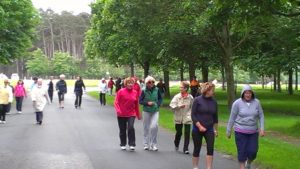Homeostasis is an essential part for our health. But, in order to promote a body in balance our mind needs to contribute. Choices we make in regards to stress reduction, healthy nutrition and regular exercise helps keep an imbalance at bay.
 Focus on what makes you feel calm and in control. Managing stress is about taking charge of our thoughts, emotions, schedule, and the way we deal with problems. This isn’t as easy as it sounds. Identifying our true sources of stress, we have to look closely at our habits, attitude, and excuses.
Focus on what makes you feel calm and in control. Managing stress is about taking charge of our thoughts, emotions, schedule, and the way we deal with problems. This isn’t as easy as it sounds. Identifying our true sources of stress, we have to look closely at our habits, attitude, and excuses.
A regular diet rich in plant foods, fish, and lean protein boosts overall health and clearly helps protect against heart disease and diabetes. However when it comes to exercising inadequate nutrient intake deprives the body of the energy needed to perform, the carbohydrates necessary for glycogen replacement, the protein needed for tissue building and repair, and the micronutrients necessary for normal metabolism and maintenance of body homeostasis.
 The health benefits of regular exercise and physical activity are hard to ignore and the benefits are ours for the taking, regardless of our age, sex or physical ability. Our body needs regular exercise, the right food, lifestyle and mental attitude to achieve its true health potential.
The health benefits of regular exercise and physical activity are hard to ignore and the benefits are ours for the taking, regardless of our age, sex or physical ability. Our body needs regular exercise, the right food, lifestyle and mental attitude to achieve its true health potential.
Picture of my sister (survivor) and two of her girls out on a walk yesterday in California 🙂
 I will be addressing such topics as the importance of physical activity, side effects of cancer treatment, the importance of resistance training and the role of nutrition. I will also outline the key components of the Murphy (METs) programme, a specialised fitness regime for people living with cancer.
I will be addressing such topics as the importance of physical activity, side effects of cancer treatment, the importance of resistance training and the role of nutrition. I will also outline the key components of the Murphy (METs) programme, a specialised fitness regime for people living with cancer.

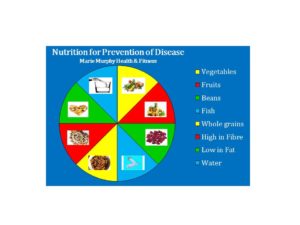

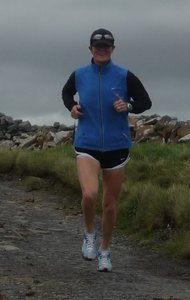 first and foremost! If time is limited for exercising make cardiovascular exercise your first choice by using the largest muscle groups in a repetitive movement (example; walking, jogging, swimming etc.).
first and foremost! If time is limited for exercising make cardiovascular exercise your first choice by using the largest muscle groups in a repetitive movement (example; walking, jogging, swimming etc.).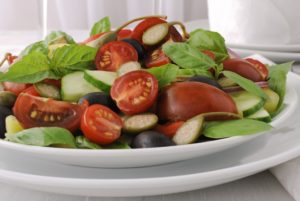 When it comes to
When it comes to 
 The following 5 tips can help lower risk of impairments:
The following 5 tips can help lower risk of impairments: diagnosis. Studies have found that women who exercise moderately (the equivalent of walking 3 to 4 hours per week at an average pace (3-4 METs) after a diagnosis of breast cancer have improved survival rates compared with more sedentary women.
diagnosis. Studies have found that women who exercise moderately (the equivalent of walking 3 to 4 hours per week at an average pace (3-4 METs) after a diagnosis of breast cancer have improved survival rates compared with more sedentary women. Focus on what makes you feel calm and in control. Managing stress is about taking charge of our thoughts, emotions, schedule, and the way we deal with problems. This isn’t as easy as it sounds. Identifying our true sources of stress, we have to look closely at our habits, attitude, and excuses.
Focus on what makes you feel calm and in control. Managing stress is about taking charge of our thoughts, emotions, schedule, and the way we deal with problems. This isn’t as easy as it sounds. Identifying our true sources of stress, we have to look closely at our habits, attitude, and excuses.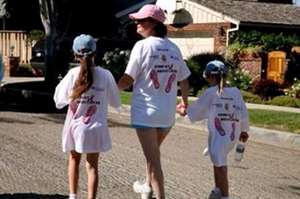 The health benefits of regular exercise and physical activity are hard to ignore and the benefits are ours for the taking, regardless of our age, sex or physical ability. Our body needs regular exercise, the right food, lifestyle and mental attitude to achieve its true health potential.
The health benefits of regular exercise and physical activity are hard to ignore and the benefits are ours for the taking, regardless of our age, sex or physical ability. Our body needs regular exercise, the right food, lifestyle and mental attitude to achieve its true health potential.